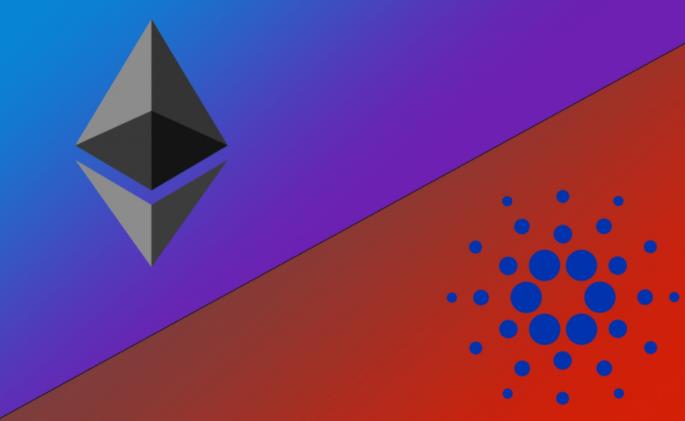A Comparison of Cardano’s Vasil Hard Fork and the Ethereum Merger
ADVERTISEMENT
After all of the delays, the much-anticipated Cardano hard fork may finally happen, with an official release date of September 22nd. Initially, the Cardano team proposed a release date in late July, however, this did not occur. Surprisingly, the new launch date coincides with the widely anticipated Ethereum merger on September 17th. The repercussions of the two big crypto milestones remain unknown, with experts projecting different outcomes. However, the following points should be noted:

Vasil Hard Fork Debut
The release of the Vasil 1.35.3 version, Basho, on September 22nd marks an important milestone for the Cardano network. The improved network is the result of community-driven Cardano improvement proposals (CIP) outcomes, in which participants determine which upgrades to pursue.
Currently, the new platform has a 75% scale of total blocks generated, with 25 upgraded exchanges representing around 80% of the network’s liquidity. It is an upgrade to the proof of stake (PoS) platform that offers additional functionality that will be detailed more below.
Plutus’ introduction
The hard fork introduces a new programming language for network developers that want to improve the condition of the existing mainnet. Plutus is a language improvement that will improve platform efficiency in two ways:
For starters, it is a better smart contract in terms of building ADA blockchain transaction processing algorithms. It allows developers to create upgraded contracts that instantaneously execute investor trades on agreed-upon terms. Second, the language is useful for developing superior decentralized programs (DApps) that function smoothly on the blockchain.
Reduced Latency in Block Production
After participants in the validation process give consensus for new blocks, Cardano encounters significant delays in block manufacturing and sharing. The upgrade, on the other hand, will eliminate such latency by making blocks sharable within five seconds of joining the network.
Solution for Scaling
The Basho phase provides diffusion pipelining methods, which improve the consensus layer performance of the network. As a result, block propagation will be at an ideal level, overcoming the existing network’s low throughput status through timely block transfer.





